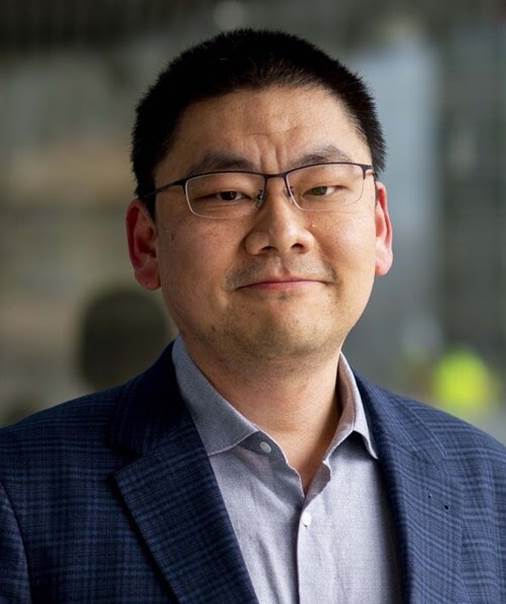检测到您当前使用浏览器版本过于老旧,会导致无法正常浏览网站;请您使用电脑里的其他浏览器如:360、QQ、搜狗浏览器的极速模式浏览,或者使用谷歌、火狐等浏览器。
 下载Firefox
下载Firefox
检测到您当前使用浏览器版本过于老旧,会导致无法正常浏览网站;请您使用电脑里的其他浏览器如:360、QQ、搜狗浏览器的极速模式浏览,或者使用谷歌、火狐等浏览器。
 下载Firefox
下载Firefox
威尼斯wnsr666定量生物学中心
学术报告
题 目: Decoding Epithelial Tissue Mechanics: Structure, Fluidity, and Rheological Response
报告人: Dr. Dapeng Bi
Associate Professor, Department of Physics, Northeastern University
时 间: 12月28日(周四)11:00-12:00
地 点: 吕志和楼三层大厅
主持人: 林杰 研究员
摘要:
In the fascinating journey from a single cell to a fully formed organism, embryonic tissues undergo remarkable transformations to shape vital organs. Similarly, adult animals continually adapt to mechanical forces at the cellular and tissue levels to sustain life functions. This talk explores the delicate balance between the ability of cells to withstand these forces and their collective movement - a dance that is essential for both the growth of embryos and the health of adults.
Our work examines both the external forces that tissues encounter and the internal stresses they generate. Using computational modeling, we probe how these external and internal forces intertwine and influence tissue behavior. A key focus is on the moment tissues transition from acting like a solid to behaving like a fluid - a phase we term the jamming/unjamming transition. Here, tissues exhibit fascinating rheological (flow) properties, ranging from yielding and shear thinning to various forms of shear thickening. Our approach offers a window into understanding these complex, nonlinear behaviors in living tissues, providing insights that bridge the fields of physics and biology.
报告人简介:
Dr. Dapeng Bi is an associate professor in Department of Physics at Northeastern University. He got his PhD degree from Brandeis University in 2012. His research focuses on the non-equilibrium mechanics and collective behaviors in biological systems and soft matter. A central theme is the investigation of solid-fluid transitions in amorphous systems, which range from biological tissues and cancer tumors to colloidal and granular materials. His lab employs theoretical and numerical tools from biophysics, non-equilibrium statistical physics, condensed matter physics, and the physics of glassy materials to model and understand the complexity, patterns, and mechanical responses that arise from the collective organization of individual constituents (e.g., biological cells, grains, colloids).
